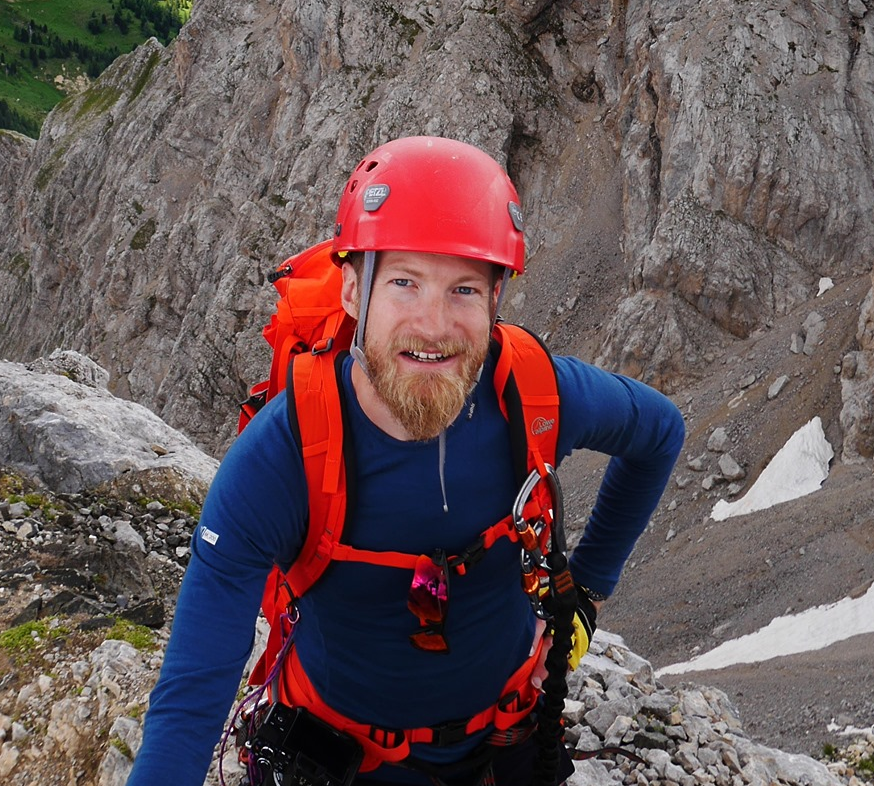Core Scientist / Research Fellow
Roslin Institute
Royal (Dick) School of Veterinary Studies
University of Edinburgh
✉️
- University email:
c.banks [at] ed [dot] ac [dot] uk - Personal email:
chris [at] banks [dot] ac - University address:
1.004, Roslin Institute Building,
Easter Bush,
Midlothian,
EH25 9RG
![]() @banks.ac on Bluesky
@banks.ac on Bluesky![]() @DrCJBanks in LinkedIn
@DrCJBanks in LinkedIn![]() @DrCJBanks on Twitter
@DrCJBanks on Twitter

About
I am a computer scientist and computational/mathematical modeller and currently a Core Scientist and Research Fellow at The Roslin Institute, University of Edinburgh. I work within the group of Prof Rowland Kao. Over my career, my research has focused on the computational modelling of systems to help improve the understanding of the natural and synthetic world.
My current research focuses on developing veterinary epidemiological models for UK agricultural disease. This includes computational modelling of disease transmission based on real-world scenarios, as well the analysis for understanding the associated risk factors and the mitigation of disease spread.
I am currently working on two larger projects. One project is on machine learning models for improving disease diagnostics. Here we incorporate information on epidemiological and environmental risk factors into the interpretation of diagnostic tests using machine learning models. This has two benefits: improved herd-level accuracy of test and the ability to identify the risk factors that have greatest impact. This has been applied to bovine TB skin testing, where we have shown around a 12% increase in herd-level test sensitivity on historical data. I am working on further applications, including diseases where there are fewer regulations around testing, like BVD—-in these situations I hope that the use of machine learning augmented testing could be trialled in the field.
My second larger project is on combining land use statistics, economic models of land use change, and species distributions to estimate infectious disease risks due to land use and climate change. Here we are looking at the change in land use due to the provision of forestry subsidies, and how the creation of new woodland may be bringing wild deer populations closer to cattle herds. We use an economic model to determine which areas of land are likely to be forested, then a species distribution model to decide where wild deer populations are likely to populate, then quantify how these new populations come into contact with agricultural holdings. In a test area of Dumfries and Galloway we find that contact risk between deer and cattle could be increased by over 25%.
I also work on a number of smaller projects within animal health and bioscience including: deep learning for diagnosing disease in small animal CT scans, using deep learning to identify and time developmental stages in chicken embryos, using models to quantify the effect of climate or land use changes on disease transmission and genetics, and various applications of a large models of bovine TB transmission in the UK and Avian Influenza in US cattle.
Prior research on COVID-19 transmission modelling contributed to the response to the pandemic and we gave advice to Public Health Scotland and Scottish Government during that time.
Current specific topics of interest include: machine learning models for exploring large parameter spaces with environmental, phylogenetic, and risk factor features; machine learning models for improving diagnostic testing; deep learning image classification from CT images and microscopy for disease diagnostics and developmental research; detailed individual-based models using distributed / cloud computation; inference of model parameters with Bayesian techniques (e.g. ABC).